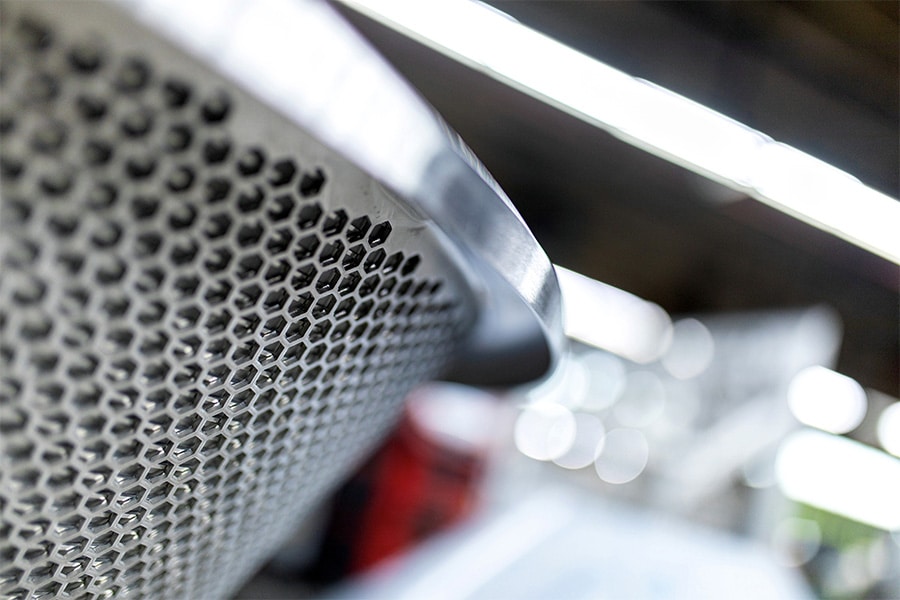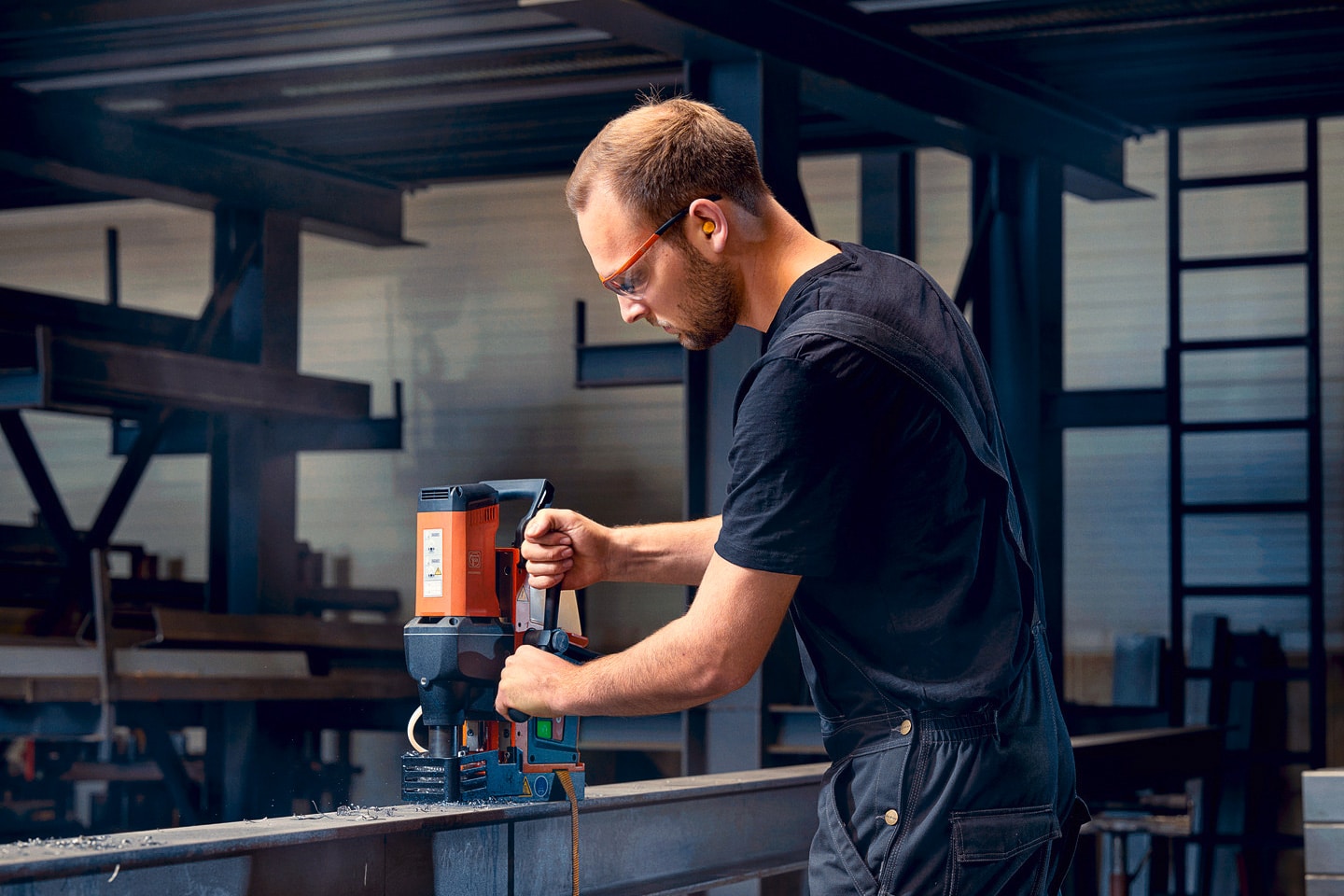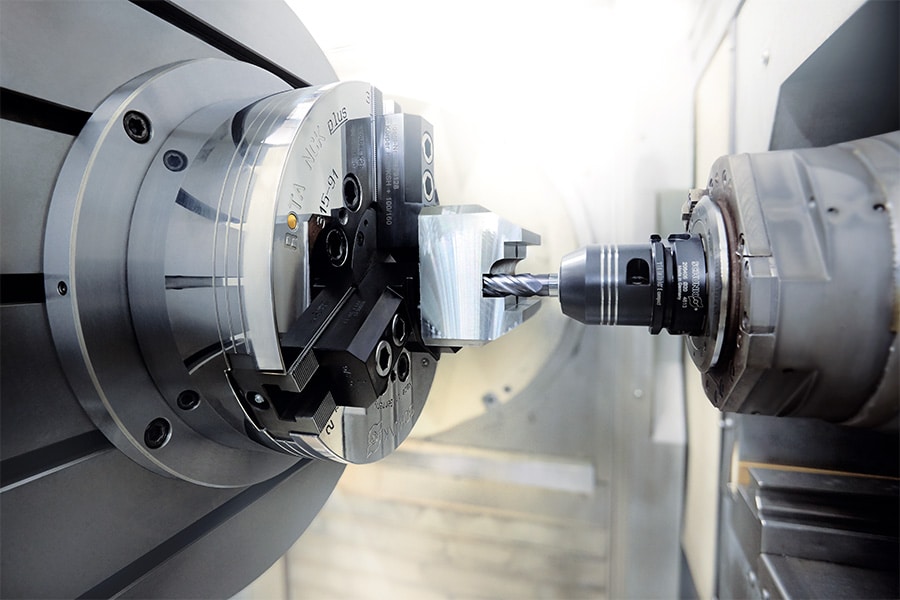
What cobots can contribute to metalworking
But the way robots are deployed is beginning to change under the influence of Industry 4.0. These developments have ushered in the rise and rise of cobots, artificial intelligence and vision and sensor technology.
By 2020, the International Federation of Robotics (IFR) estimated the number of industrial robots at work worldwide at 2.7 million. But anyone looking at the growth rates will see that cobots are already spreading four times faster than traditional robots in 2019. Enough evidence for Emergen Research to predict that robot sales in the United States will increase from 0.7 billion in 2019 to 9.3 billion by 2027. But what are the trends that explain this remarkable welcome of cobots in manufacturing companies?

High mix, low volume production
Mass production is increasingly being relegated to the background. Customers want customized products, as a result of which production environments are now mainly characterized as 'high mix, low volume' product batches. An evolution that calls for versatile robots that are especially easy to program and lend themselves perfectly to short production runs. Two labels that cobots certainly deserve. In a recent study, Purdue University also identified the types of manufacturers who stand to gain the most by adopting cobots. These turned out to be companies that marketed a mix of products that were related. Cobots turned out to be the best solution for companies that did not have enough employees to fill two shifts, but with the advent of cobots could give their employees tasks that would result in more added value. In addition, they proved interesting for companies that preferred not to see their employees perform dangerous or non-ergonomic tasks. The versatility and flexibility of cobots makes them ideal for "high mix, low volume" environments. They can be used for assembly, finishing, material handling quality control, welding ...
Shortage of skilled personnel
According to Deloitte, there will be 2.4 million open job openings in the United States alone by 2028. SMEs in particular are seeing their growth plans bolstered by the scarcity of technically skilled staff or even staff tout court. Combined with demographic changes such as the higher average age of employees in manufacturing companies, it is becoming increasingly attractive to use cobots to address these shortages.
Especially since they combine low cost with low complexity. That is by no means to say that they will completely replace industrial robots. Most of the profit lies just in the smart combination of robots and cobots, even for SMEs. And they don't have to take the place of your employees at all, either. In most cases, by automating repetitive tasks, companies can just hire additional staff for other tasks such as quality control.

Lower automation thresholds
The main arguments that speak against the advent of traditional industrial robots are the purchase price, maintenance costs, extensive safety measures and, above all, the expertise required to program, maintain and repair them. Especially for SMEs, these are really barriers that prevent them from investing in automation. Cobots, however, cost only a fraction of industrial robots. Provided your application lends itself to them, they present an average ROI of less than 12 months. In addition, they are designed with convenience in mind. The bulk of operators can get started programming cobots efficiently and quickly after a simple online training course. So you no longer need to have a robot expert in the ranks or pay expensive consultants to reprogram cobots. At the same time, operators can take on more value-added tasks. Instead of loading the machine, they now become responsible for monitoring and programming cobots. A third element that can be cited here is the limited space they occupy. Automation can be introduced without having to redesign the entire production. By mounting them on a mobile platform, they can even go to work in different parts of the factory to respond to flexible changes. Because they can work close to people (after conducting a risk analysis, of course), they are easy to add without the space-consuming safety fencing.

Conclusion
In short, cobots can be an interesting entry point for metal fabricators to automate and robotize. They have long since ceased to be a gimmick, even in the industry with more than enough references in which they have proven their added value.



